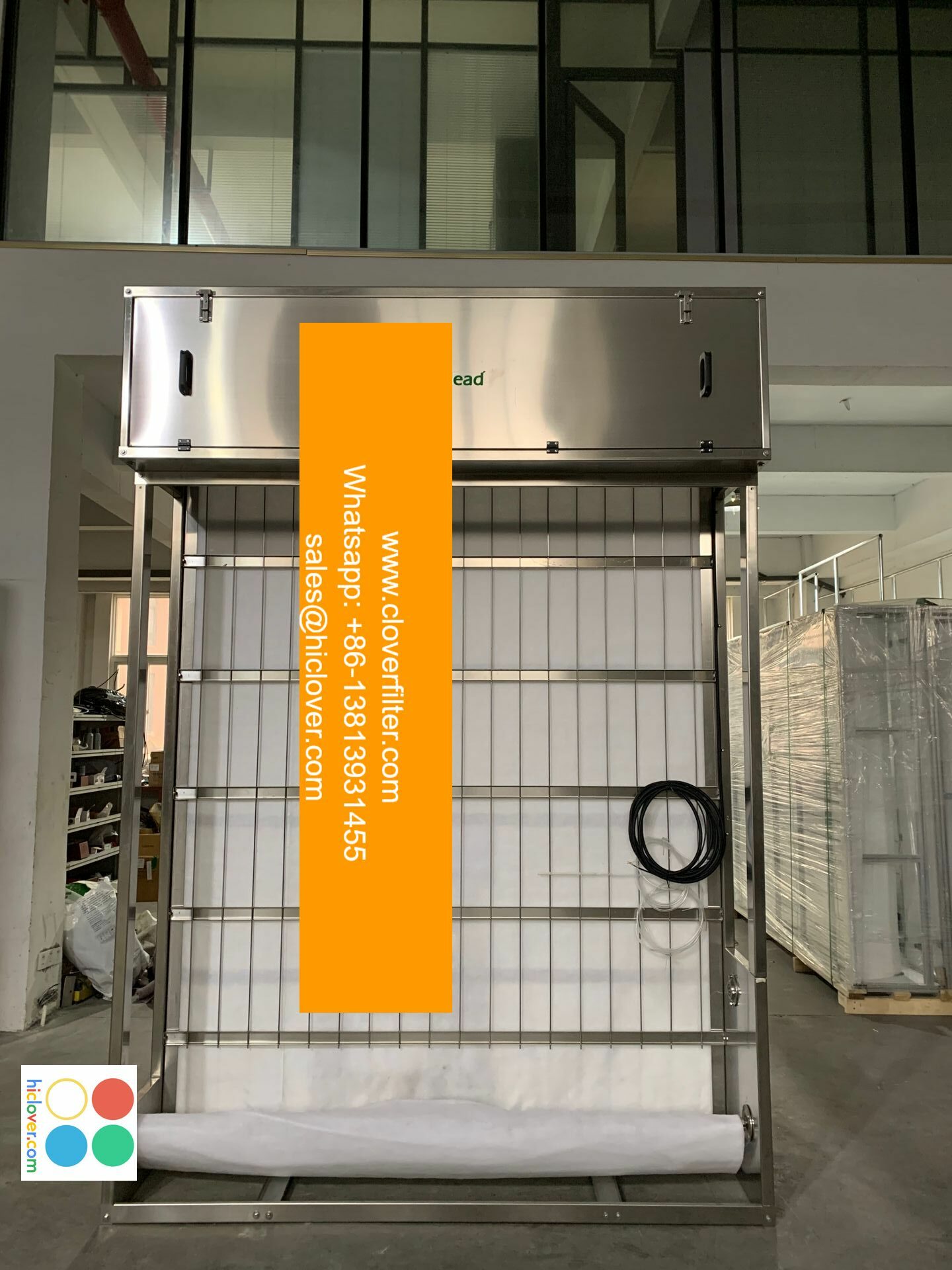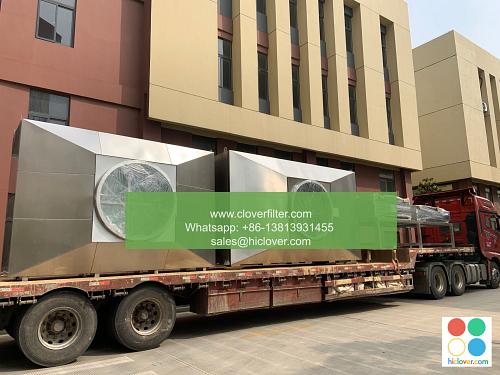Air Filter Systems for Automotive Repair Shops

As the automotive industry continues to evolve, the importance of maintaining a clean and healthy environment in repair shops has become a top priority. One crucial aspect of achieving this is the implementation of efficient air filter systems. In this article, we will delve into the world of air filter systems for automotive repair shops, highlighting their benefits, application areas, and the latest technologies in air purification and filtration systems.
Why Air Filter Systems are Crucial in Automotive Repair Shops
Automotive repair shops are prone to airborne contaminants, such as vehicle emissions, chemical fumes, and particulate matter, which can pose significant health risks to technicians and staff. Moreover, these pollutants can also damage vehicle electronics and engine components, leading to costly repairs and decreased customer satisfaction. By installing a high-quality air filter system, repair shops can minimize these risks, creating a cleaner and healthier environment for both employees and customers.
Key Application Areas for Air Filter Systems
Air filter systems can be applied in various areas of an automotive repair shop, including:
* Workstations: Installing air filters at workstations can help reduce exposure to harmful chemicals and airborne particles, improving the overall health and safety of technicians.
* Paint booths: Air filter systems can help remove overspray particles and volatile organic compounds (VOCs) from the air, ensuring a safer and more efficient painting process.
* Welding areas: Air filters can capture welding fumes and particulate matter, reducing the risk of respiratory problems and other health issues.
* Customer waiting areas: By installing air filters in customer waiting areas, repair shops can provide a cleaner and healthier environment for customers, enhancing their overall experience.
Technologies and Innovations in Air Filter Systems
The air filter industry has witnessed significant advancements in recent years, with the development of innovative technologies and products. Some of these include:
* HEPA filters: High-Efficiency Particulate Air (HEPA) filters can capture 99.97% of particles as small as 0.3 microns, making them ideal for applications where high levels of air purity are required.
* Activated carbon filters: These filters can effectively remove gases, odors, and chemical fumes from the air, improving indoor air quality.
* Smart air filtration systems: These systems use advanced sensors and algorithms to monitor and adjust air filtration levels in real-time, ensuring optimal performance and energy efficiency.
Best Practices for Implementing Air Filter Systems
To ensure the effective implementation of air filter systems in automotive repair shops, the following best practices should be followed:
* Regular maintenance: Regularly inspect and maintain air filters to ensure optimal performance and prolong their lifespan.
* Proper installation: Ensure that air filters are installed correctly, taking into account factors such as airflow rates and filter size.
* Monitoring and evaluation: Continuously monitor and evaluate the performance of air filter systems, making adjustments as needed to maintain optimal indoor air quality.
By adopting advanced air filter systems and following best practices, automotive repair shops can create a cleaner, healthier, and more efficient work environment, ultimately leading to improved customer satisfaction and increased business success. As the industry continues to evolve, it is essential to stay up-to-date with the latest technologies and innovations in air filtration and purification systems to remain competitive and compliant with environmental regulations. Prompt

